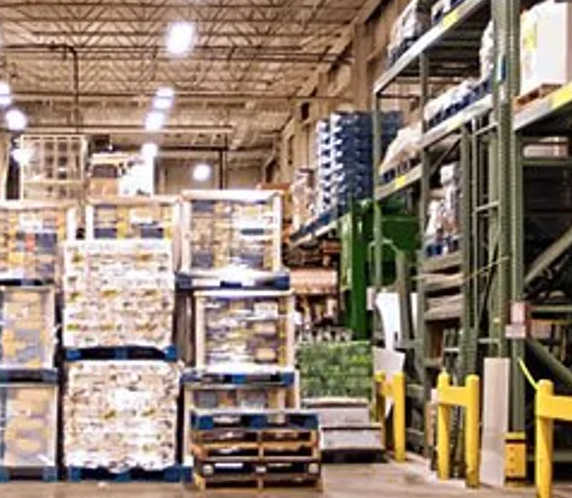
Rotomolding Explorations: From Concept to Creation
Are you currently between those seeing and hearing a good deal about Rotational Molding or Rotomolding but don’t have a crystal clear comprehension of what it is? Take a look at this complete information, when we is going to take you through the process, historical past, components, benefits, and uses of rotational molding in more detail.
Rotomolding, also called Rotomolding, can be a production method utilized to develop hollow plastic-type material parts. This procedure is suitable for producing huge, sophisticated, or easy elements that will be tough to create making use of other production processes. Let us discover Rotomolding comprehensive.
History of Rotational Molding
Rotational molding traces its origin returning to the 1940s in The european union, where by it had been initially used to produce dolls and newborn playthings. Inside the 1950s, a couple of manufacturers produced kayak seating applying this approach, and over time it evolved into creating larger and more complicated parts.
Rotational Molding Process
Rotomolding is actually a four-stage approach. Initially, the raw fabric in powder form is filled into a fungus, and the mildew is enclosed. 2nd, the mildew is heated and rotated horizontally or vertically around two perpendicular axes. 3rd, the information melts and coats the inside from the mold. Eventually, the mold cools down, along with the part is ejected.
Materials Employed in Rotational Molding
Polyethylene (PE) is regarded as the frequently used material in Rotomolding due to its charge-usefulness, impact level of resistance, and suppleness. Other materials like Nylon material, Polypropylene, Polycarbonate and PVC may also be used according to the software and components needed.
Features of Rotational Molding
Rotational molding delivers several positive aspects such as:
(i) Cost-effectiveness: Rotomolding delivers faster production period periods, which means reduced labor fees, tooling expenses, and period times.
(ii) Layout Versatility: Rotomolding can develop complicated, seamless, or multiple-layered components, making it an excellent process for custom made pieces models.
(iii) Longevity: The various components produced via Rotomolding are long lasting, rust-resistant, and resistant to weathering and UV radiation.
Uses of Rotational Molding
Rotomolded parts are employed in an array of sectors and apps, including automotive, agriculture, design, and leisurely products. Popular Rotomolded products involve drinking water tanks, energy tanks, play ground devices, containers, and kayaks.
Summary:
Rotational molding, also referred to as Rotomolding, can be a approach that has been around for years and has proven to be incredibly flexible, delivering quite a few positive aspects over other developing techniques. Within this comprehensive guide, we have now demystified the Rotomolding process, history, resources utilized, advantages, and applications. Understanding the basic principles of Rotomolding can help you see whether it’s the proper developing procedure for your venture.